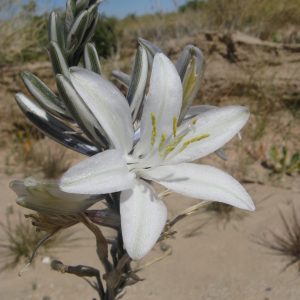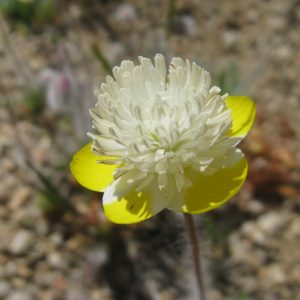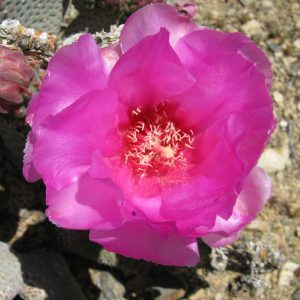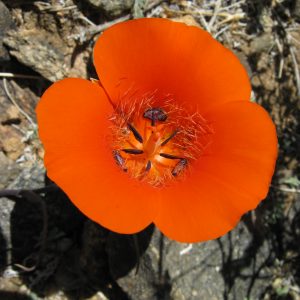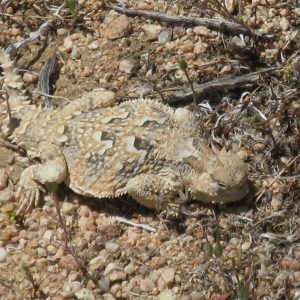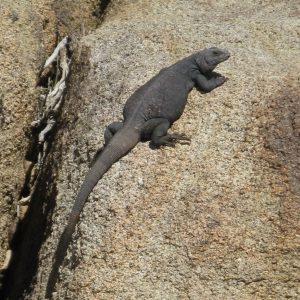The past two months have been quite the thrill for me, a recent University of Michigan graduate and lifelong Michigander. As a part of the CLM internship program, I have been working for the Bureau of Land Management’s Seeds of Success program. My chapter of the SOS is based out of the Rancho Santa Ana Botanic Garden in Claremont, Ca in eastern Los Angeles County. The purpose of this program is to collect seeds from native plants to develop seed banks for restoration projects. More specifically, my collection group covers the Mojave Desert and surrounding areas. Daily work usually involves hopping in a field vehicle and heading out to spectacular wilderness areas throughout the high and low desert.

Painted hills near Short Canyon in the Owen's Peak Wilderness
Coming from Michigan with a background in botany, I knew that moving out to SoCal would afford me the unique opportunity to become familiar with a wholly different and diverse flora. Out in the Mojave I have been spoiled by the unbelievable spring bloom that often results in the hills and valleys being carpeted with vibrant colors. In only two months’ time, I have learned to identify many of the Mojave’s plants while still being exposed to new plants every time I go out into the field. I have thoroughly enjoyed Southern California’s lack of rain, warm temperatures, and abundant sunshine, which is a treat compared to the often cloudy, wet, and dreary weather that I’m accustomed to back in Michigan.

Posing like a Joshua Tree
Some of the more charismatic plants that I’ve seen out here include giant branching Joshua Trees, Ocotillos, and a dynamic diversity of cacti. Each time I go out into the field I find myself in a different landscape with unique plants, topography, and breathtaking vistas. I have also stumbled upon some interesting wildlife including rattlesnakes, lizards, jackrabbits, and three sightings of the endangered Mojave Desert Tortoise. Such encounters have made me aware of the unique and diverse habitats found in California’s Deserts.

Impressive Ocotillo
One of the more interesting aspects of this internship has been collecting and scouting for plant populations in sites that have been proposed for conversion to solar and wind power sites. It’s good to see funding coming in for National projects to increase our output of clean, renewable energy, but my work has shown me that we must be careful to assess how these projects will impact fragile ecosystems like those found in the Mojave Desert. My internship has given me the opportunity to see that plant populations in proposed areas are well documented. Some of our seed collections from these areas will be critical as these populations may eventually be extirpated by energy projects. It’s easy to get out of bed and go to work each day knowing that the work I’m doing is important.









